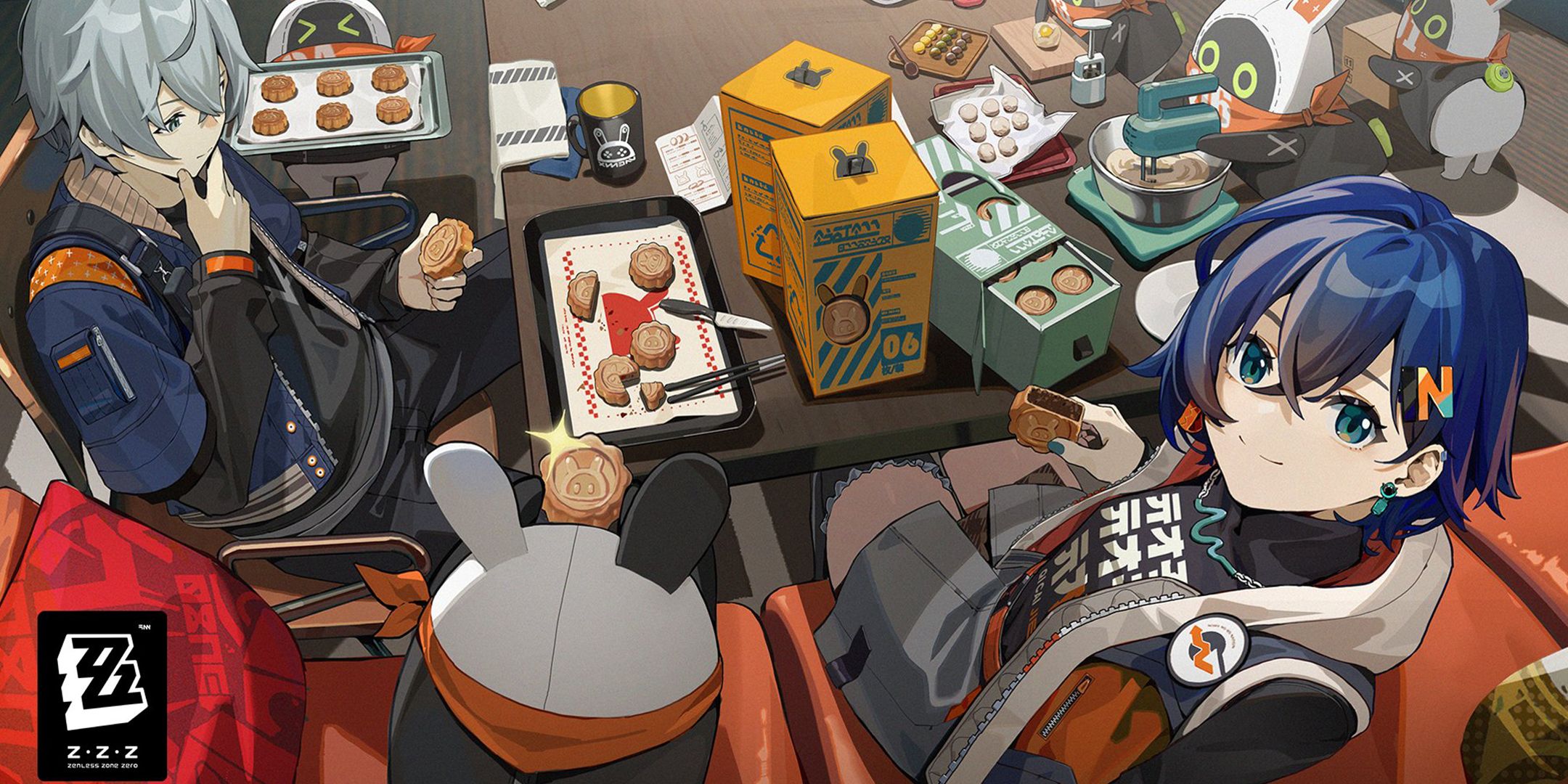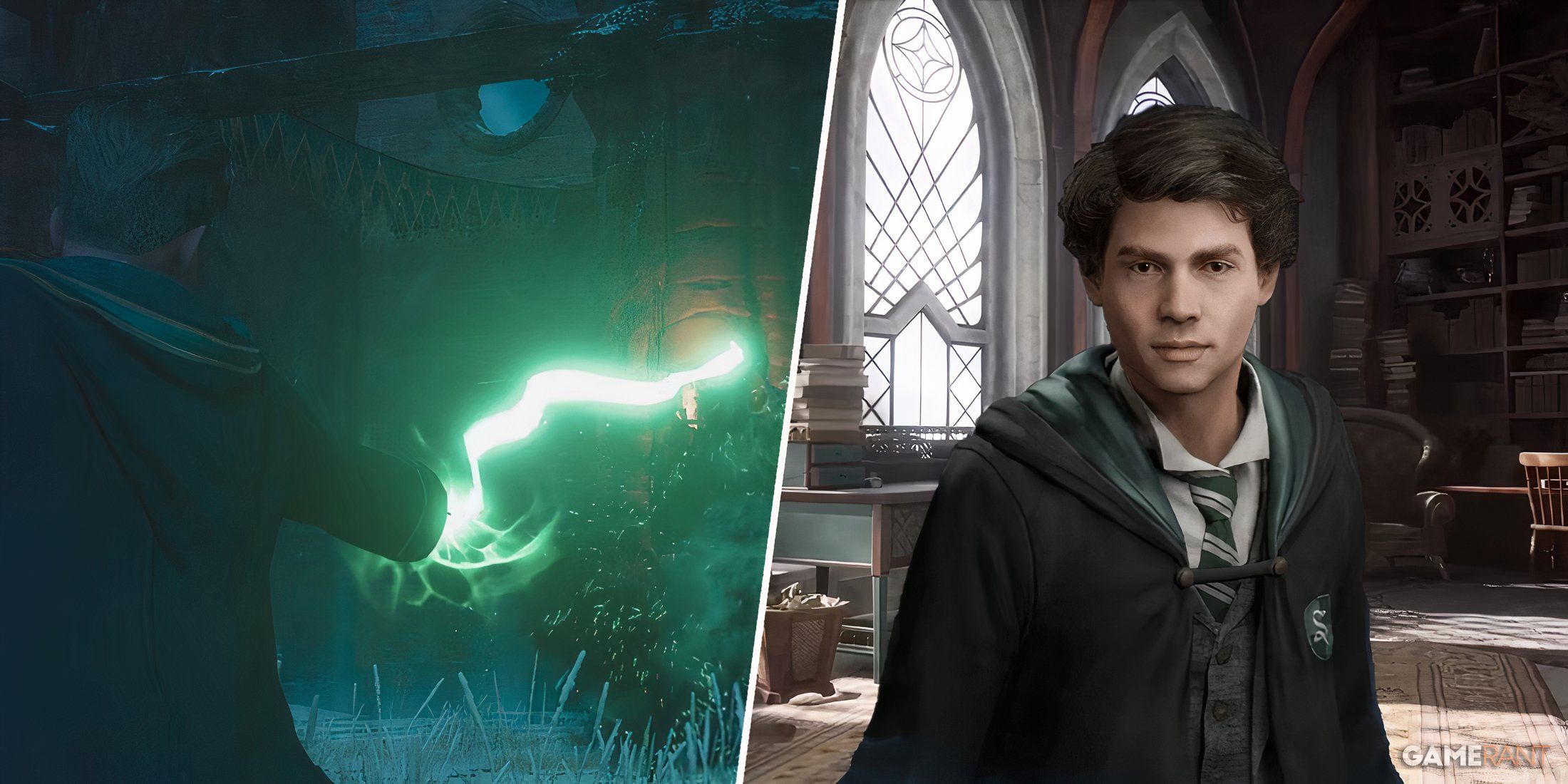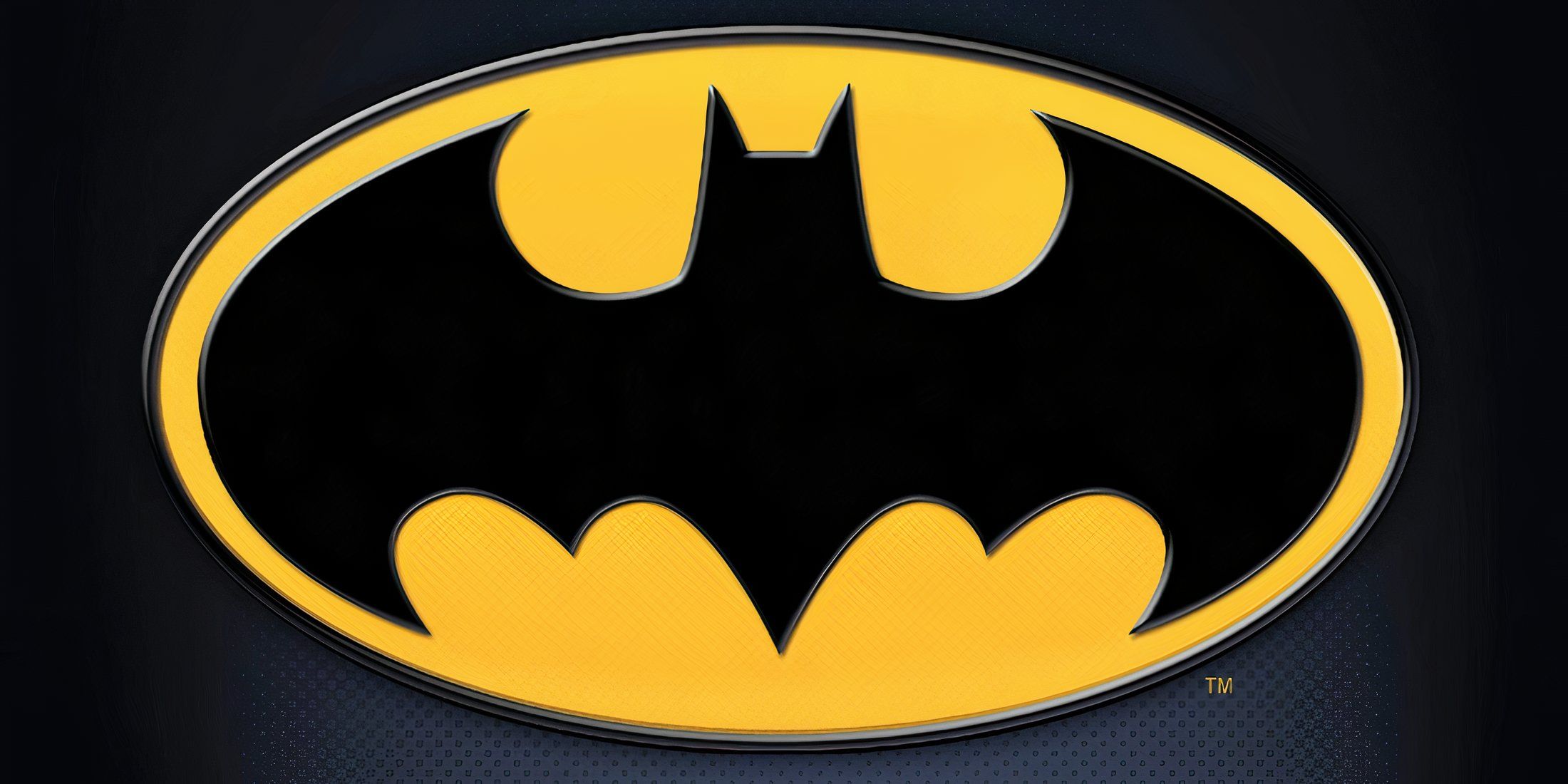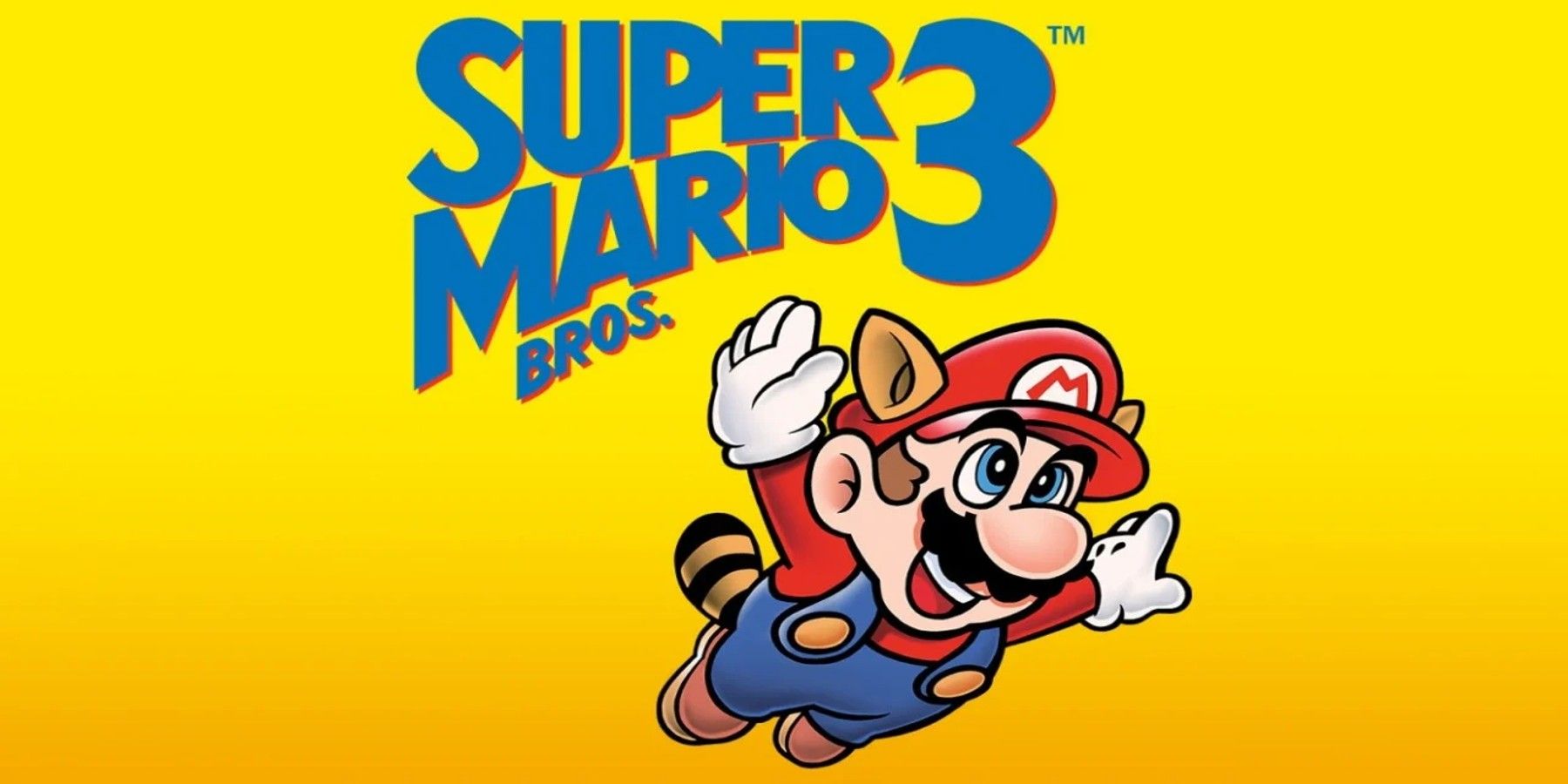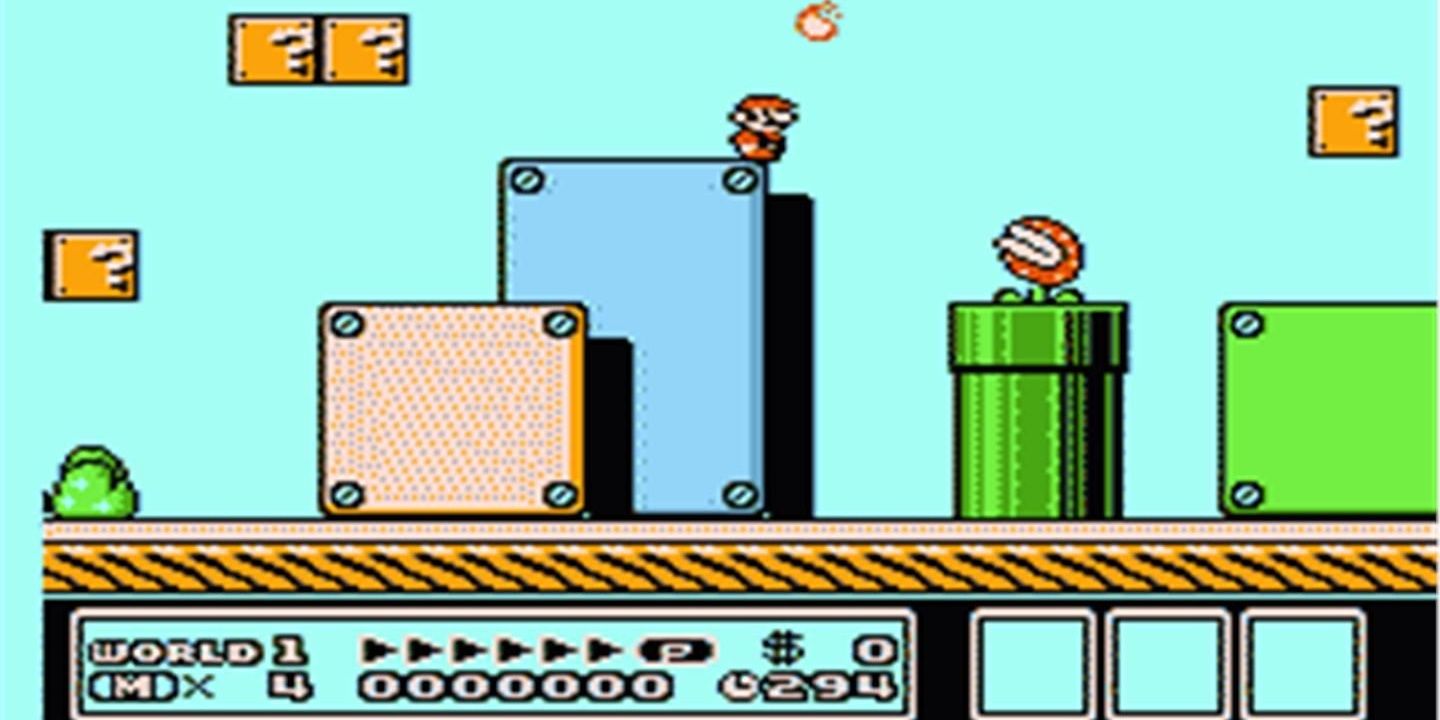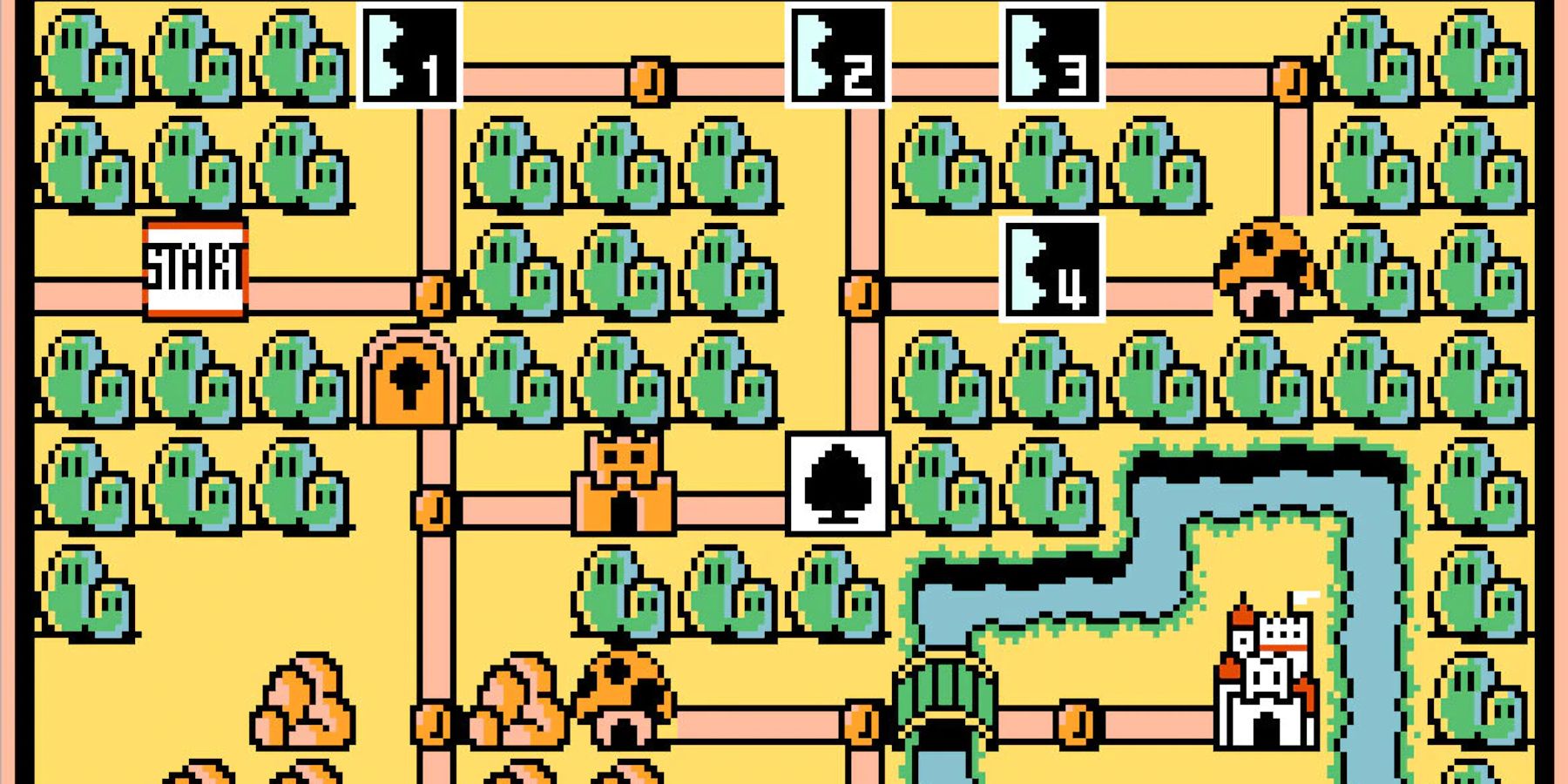Highlights
- Super Mario Bros. 3, released in 1988, raised the bar for platforming games and served as a template for future Mario titles.
- The game's innovations, such as the overworld map and new power-ups, have had a lasting impact on multiple genres.
- Super Mario Bros. 3's success and influence extended beyond the Mario franchise, including its role in inspiring Sonic the Hedgehog and being immortalized in the film The Wizard.
Although it wouldn't arrive in the West until two years later in 1990, October 23, 1988, is the official release date of Super Mario Bros. 3 in Japan. At the time when players in North America were experiencing the vast departure that Super Mario Bros. 2 represented, Japanese players were already getting their hands on Super Mario Bros. 3, which would serve as the template for all subsequent 2D Mario titles as well as significantly raise the bar for the platforming genre as a whole. On the title's 35th anniversary and hot on the heels of the release of Super Mario Bros. Wonder, it's remarkable how well the title continues to hold up as one of the best games ever made.
With the Japanese sequel to Super Mario Bros. deemed too difficult for Western players, Nintendo opted to re-skin a Japan-only game titled Doki Doki Panic as the Western version of Super Mario Bros. 2. In the meantime, Nintendo would develop and launch the first "true" sequel to Super Mario Bros. in its home country, changing gaming forever in the process. In comparison to the first two games in the series, Super Mario Bros. 3 is both one of the best platformers on the NES and a snapshot into one of the gaming industry's luminaries at their creative peak, and the title's release cemented Nintendo as an unshakable pillar of the medium.
Super Mario Bros. 3's Noteworthy Innovations to the Series and Genre
Disregarding the series' outlier in the Western release of Super Mario Bros. 2, the official first two games in the Super Mario Bros. series were largely identical. Both titles used the same assets and gameplay mechanics while the sequel brought a whole new selection of level layouts and significantly increased the difficulty of its platforming. Thanks to technological innovations that made it possible to store more memory on the chipset contained in an NES cartridge, series mastermind Shigeru Miyamoto finally had the resources to reach for the stars with the series' third game, and the impact of the innovations it brings to the table is still felt today across multiple genres.
The inclusion of an overworld map and the option to skip levels allowed for certain stages to act as challenges that test the player's skill while simultaneously not blocking them from progressing through the game's critical path. While Super Mario Bros. 3 is a notoriously difficult game, it is often cited as one of the most perfectly balanced titles in history, where the difficulty curve gradually and adequately prepares players for the worst the title can throw at them. Navigating these stages is made easier with the inclusion of the first new power-ups in the series, including the iconic Tanooki and Frog suits, whose influence is apparent in nearly every subsequent Mario game, including Super Mario Bros. Wonder's new Elephant power-up.
The Lasting Impact of Super Mario Bros. 3
Super Mario Bros. 3's legacy reaches far beyond just the Mario franchise, though, as its release represents a massive watershed moment in gaming. The original Super Mario Bros. is the best-selling NES game when taking into account that it was included as a system pack-in, but the single best-selling game in the history of the NES without the benefit of being included with the sale of a console is Super Mario Bros. 3. And, in addition to its 17 million copies sold, the hype surrounding the title and Nintendo in general is immortalized in celluloid in the 1989 film The Wizard.
Super Mario Bros. 3 is also partially responsible for one of platforming's other most impactful series, Sonic the Hedgehog. Nintendo's success with Mario and the innovation present in Super Mario Bros. 3 made Sonic possible, as series creator Yuji Naka has gone on record recalling how the game's brilliance made him decide to change his idea for a racing game into a platformer that could allow Sega to challenge Nintendo. Between its historic importance and level of pitch-perfect platforming that has yet to be surpassed, Super Mario Bros. 3 is both one of the most significant and enjoyable games ever made.
Super Mario Bros. 3 is available on Nintendo Switch via the Nintendo Switch Online service.

